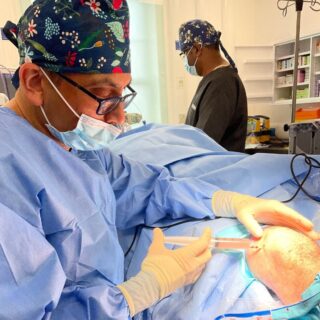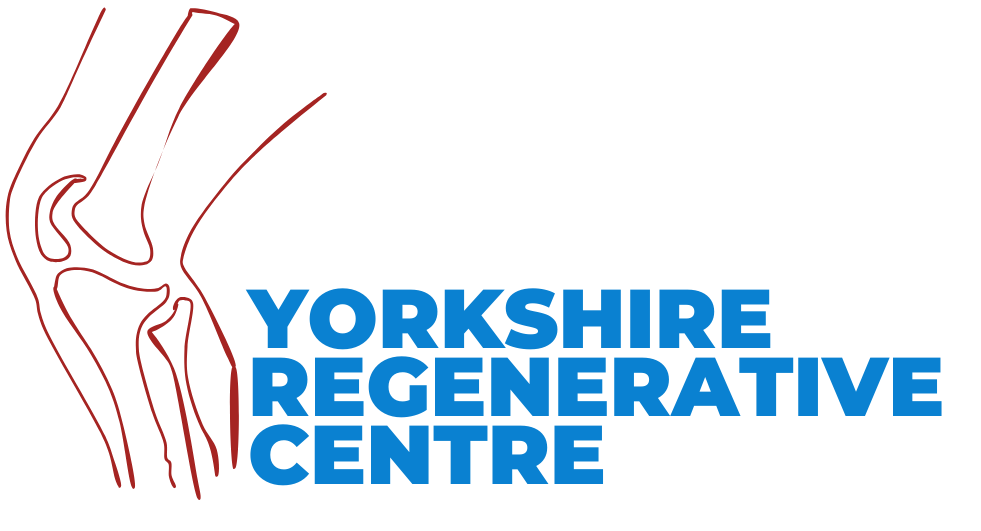
Introduction
In the realm of regenerative medicine, two promising treatments have been gaining traction for addressing joint problems: stem cell therapy and platelet-rich plasma (PRP) therapy. While both aim to promote healing and alleviate pain, they differ significantly in their approach and mechanism of action. Let’s delve into the nuances of each treatment to better understand their differences and potential benefits.
Stem Cell Treatment: Harnessing the Power of Regeneration
Stem cell therapy involves the use of stem cells to repair damaged tissues and promote regeneration in the body. Stem cells are unique in their ability to develop into various types of cells, making them invaluable for tissue repair and regeneration. In the context of joint problems, stem cell treatment typically involves harvesting stem cells from the patient’s own body, often from bone marrow or adipose (fat) tissue.
Once harvested, the stem cells are processed and concentrated before being injected directly into the affected joint. Once in the joint, the stem cells work to stimulate the growth of new, healthy tissue, reduce inflammation, and promote overall healing. This regenerative approach holds promise for conditions such as osteoarthritis, tendon injuries, and cartilage damage, offering the potential for long-term relief and improved joint function.
Platelet-Rich Plasma (PRP) Therapy: Harnessing the Power of Growth Factors
Platelet-rich plasma (PRP) therapy involves the use of the patient’s own blood to promote healing and tissue regeneration. Blood contains platelets, which are rich in growth factors that play a crucial role in the body’s healing process. During PRP therapy, a small sample of the patient’s blood is drawn and processed to concentrate the platelets.
The concentrated PRP is then injected into the affected joint, where the growth factors work to stimulate tissue repair, reduce inflammation, and promote healing. While PRP therapy may not have the same regenerative potential as stem cell treatment, it can still be effective in managing joint pain and promoting tissue healing, particularly for conditions such as tendonitis, ligament injuries, and mild to moderate osteoarthritis.

Key Differences and Considerations
- While both stem cell treatment and PRP therapy offer promising options for addressing joint problems, they differ in several key aspects:
1. Source of Cells: Stem cell therapy involves the use of stem cells harvested from the patient’s own body, while PRP therapy utilizes platelets derived from the patient’s blood.
2. Regenerative Potential: Stem cell therapy has greater regenerative potential, as stem cells can differentiate into various types of cells to promote tissue repair and regeneration. PRP therapy primarily works by harnessing the growth factors present in platelets to stimulate healing.
3. Scope of Conditions: Stem cell therapy is often considered for more severe joint problems, such as advanced osteoarthritis or significant cartilage damage, due to its regenerative capabilities. PRP therapy may be suitable for milder joint issues and is commonly used for conditions like tendonitis and ligament injuries.
4. Treatment Approach: Stem cell therapy typically requires a more involved procedure for harvesting and processing stem cells, while PRP therapy is relatively simpler and quicker, involving the extraction and concentration of platelets from the patient’s blood.
Conclusion
In conclusion, both stem cell treatment and PRP therapy offer promising options for addressing joint problems and promoting healing. The choice between the two depends on factors such as the severity of the condition, the desired outcomes, and individual patient preferences. Consulting with a qualified healthcare provider is essential to determine the most suitable treatment approach based on your specific needs and circumstances.
Is Stem Cell Treatment Right for You?
While stem cell treatment holds great promise, it’s essential to consult with a qualified healthcare professional, ideally with experience and a thorough understanding of stem cells, to determine if it’s suitable for your specific condition.
Factors such as the severity of your condition and joint pain, overall health, and individual circumstances will play a role in the decision-making process.
Stem cell treatment for joint pain and stiffness is revolutionising the way we approach pain management and tissue repair. By harnessing the innate regenerative capabilities of stem cells, many individuals are finding relief from chronic joint pain and improved quality of life.
If you are seeking a minimally invasive solution to your joint pain, it may be time to explore the incredible potential of stem cell treatment.
To learn more about how stem cell therapy can benefit you and to schedule a consultation, contact our us today.
Embrace the future of pain relief and discover a path to a more active, pain-free life.
Contact Us
Contact us for a quote, help, or to join the team.
The Pines
Oakwood Park Business Centre, Fountains Road Harrogate HG3 3BF
Email:
info@yorkshireregenerstivecentre.co.uk
Phone:
01423 206388
